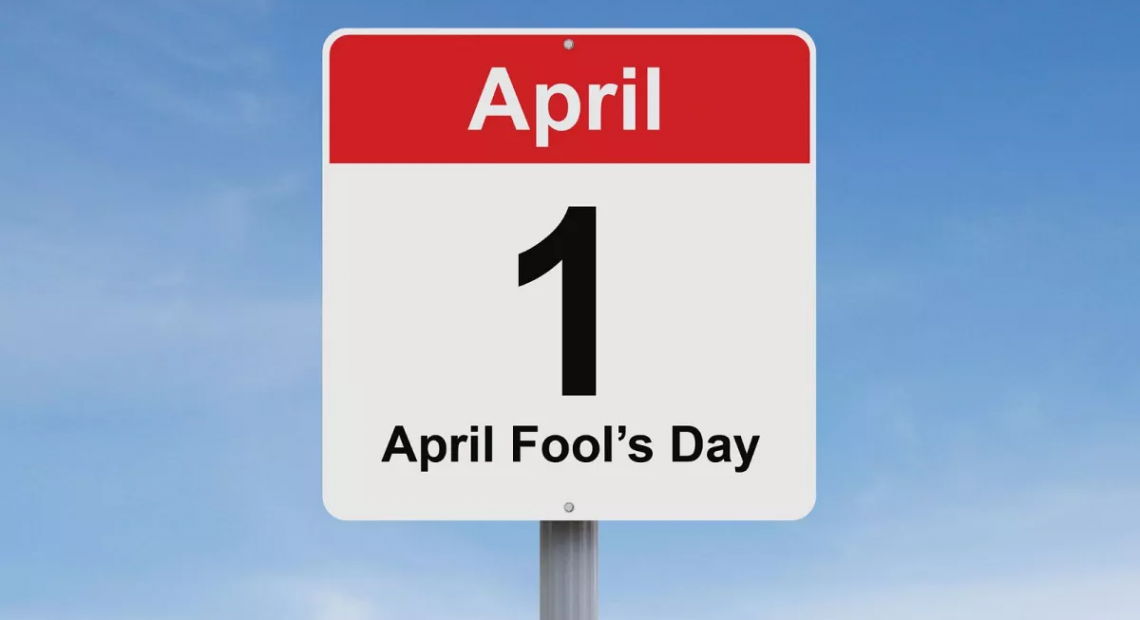The Origin of April Fools’ Day: Unraveling the Mystery Behind the Pranks

April 1st, known worldwide as April Fools’ Day, is a day dedicated to playful pranks and jokes, but the origins of this peculiar tradition remain shrouded in mystery. While it’s widely celebrated in various countries, the reasons behind the day and how it came to be are less well-known. Let’s explore the potential origins of this lighthearted holiday and why it continues to be celebrated today.
A Brief History of April Fools’ Day
The tradition of April Fools’ Day dates back centuries, with numerous theories attempting to explain its origins. Despite its widespread celebration, there is no definitive answer. However, several historical and cultural events may offer some clues.

The Switch to the Gregorian Calendar
One popular theory traces the origins of April Fools’ Day back to 1582, when Pope Gregory XIII adopted the Gregorian calendar and moved the start of the new year from April 1st to January 1st. This shift confused, as many people continued to celebrate the new year on April 1st. Those who adhered to the new calendar began to mock those who were “out of touch” by sending them on ridiculous errands or playing pranks on them, thus creating the first April Fools’ pranks.
As the Gregorian calendar became more widely adopted throughout Europe, the tradition of playing tricks on those who celebrated the new year in spring became ingrained in the culture. Over time, this evolved into the holiday we know today, where people of all ages play pranks on each other in good fun.
Ancient Traditions and Celebrations
While the Gregorian calendar theory holds weight, it’s also important to consider that April Fools’ Day might have roots in much older traditions. Several ancient festivals involved playful trickery and jokes.
One example is the Roman festival Hilaria, which occurred in late March and celebrated the spring equinox.During Hilaria, people would dress up in disguises, play pranks, and engage in lighthearted activities. This ancient festival was all about celebrating the arrival of spring, and its spirit of joy and laughter mirrors the playfulness of modern-day April Fools’ Day.

The French Connection
In France, people call April Fools’ Day “Poisson d’Avril,” which translates to “April Fish.” Some historians link the tradition of fooling people on April 1st in France to April’s position in the calendar. In the past, people celebrated the beginning of spring with a focus on renewal, growth, and playfulness. The “fish” part of the tradition involves sticking paper fish on someone’s back without their knowledge, much like modern-day pranks. Over the years, this French tradition expanded, making April 1st a day of light-hearted deception.
Pranks in the Modern World
Today, April Fools’ Day has evolved far beyond simple paper fish and playful trickery. With the rise of social media and the internet, pranks have reached a global scale, with companies, media outlets, and individuals participating in elaborate hoaxes. Some of the most memorable pranks in modern history include Google’s fake product launches and major media outlets publishing outrageous stories, only to reveal the truth later in the day.
April Fools’ Day has become an opportunity for creativity, humor, and sometimes absurdity, with both small personal pranks and large-scale stunts taking place worldwide. Whether it’s a harmless joke among friends or a corporate publicity stunt, the essence of the day remains the same: laughter and joy.
Why Do We Celebrate?
At its core, April Fools’ Day is a celebration of laughter, humor, and the shared joy of trickery. It is a reminder not to take ourselves too seriously and to embrace the playful side of life. In a world filled with stress and tension, the lighthearted nature of the day offers a brief reprieve and encourages us to laugh at the absurdities of life.
While the exact origins remain unclear, what matters most is that April Fools’ Day continues to bring people together through humor. It’s a day for connecting with others, letting go of daily pressures, and indulging in some harmless fun.
Final Thoughts
April Fools’ Day is a centuries-old tradition with various theories surrounding its origins, from the adoption of the Gregorian calendar to ancient festivals celebrating spring. Despite the uncertainty of its exact beginnings, the day remains a beloved occasion for people around the world to engage in playful tricks and celebrate the joy of humor. Whether you play pranks or get pranked, April 1st reminds us that laughter plays an essential role in the human experience.
So, as you celebrate this year’s pranks, remember that the heart of April Fools’ Day is about spreading joy and laughter, and in the words of Mark Twain, “Against the assault of laughter, nothing can stand.”




